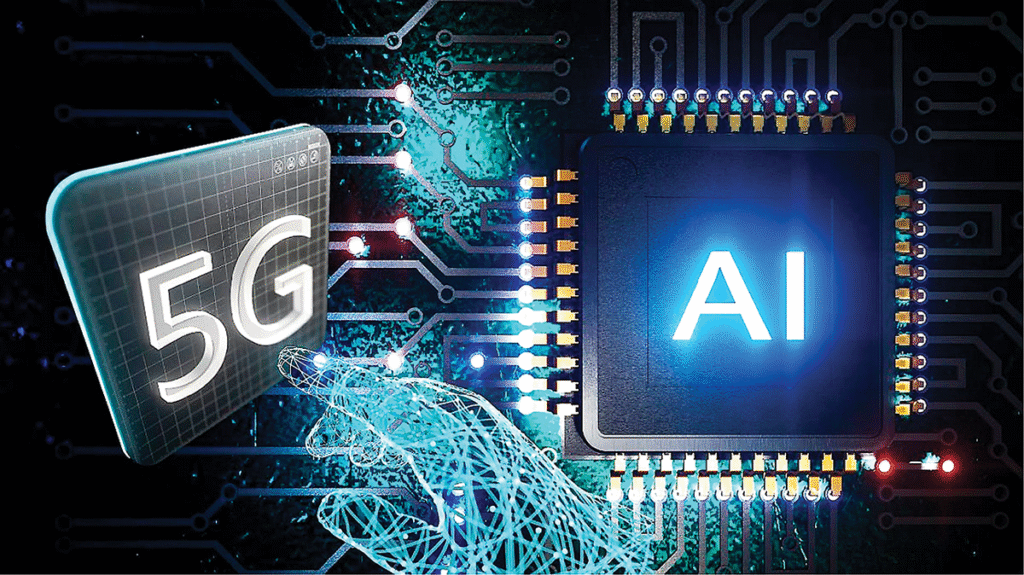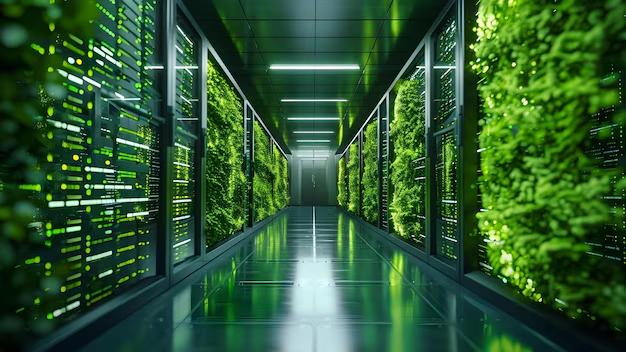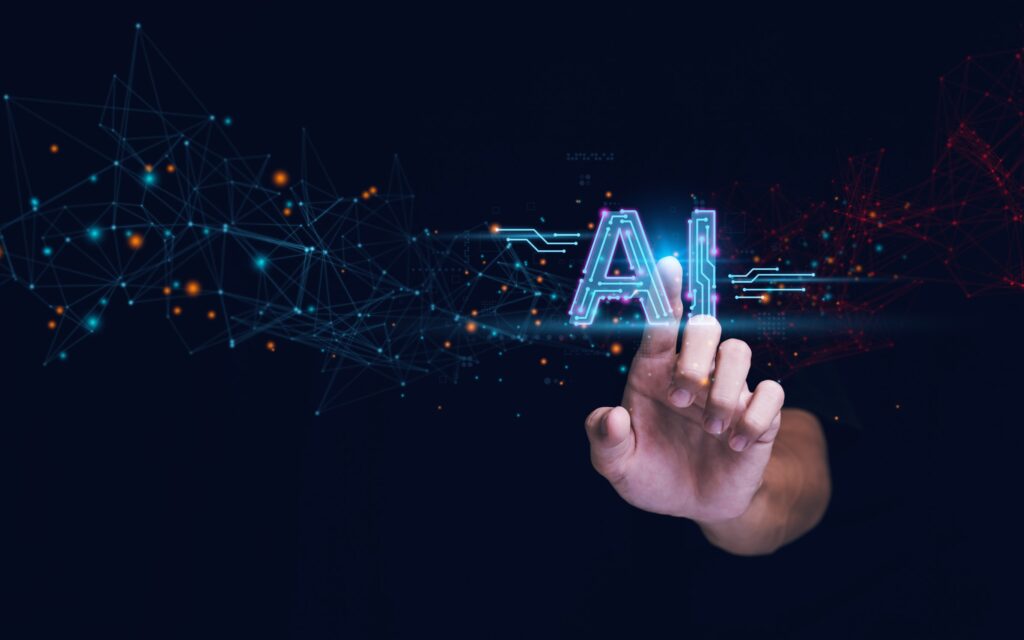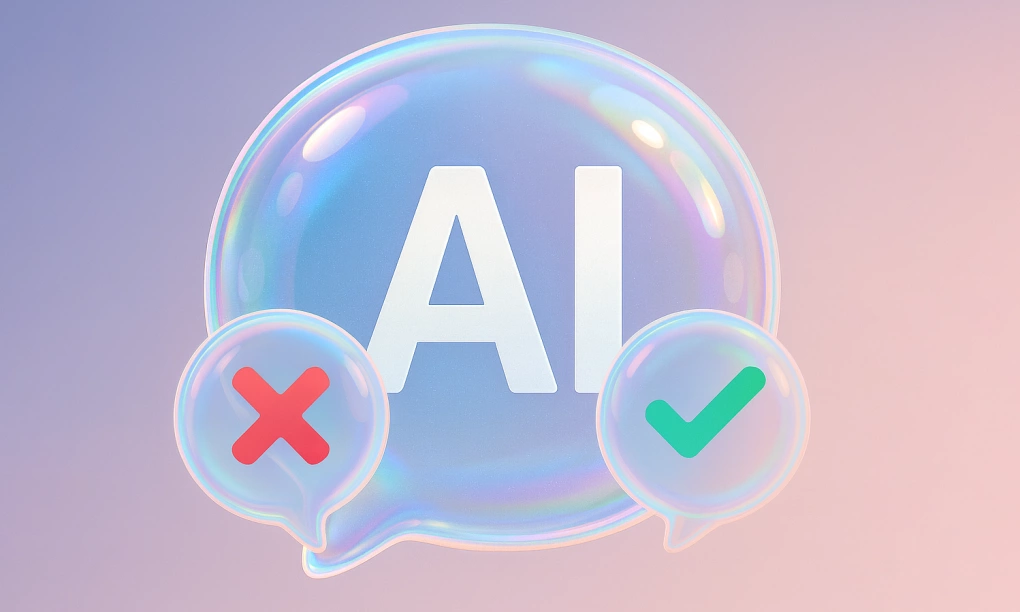Submarine Cables – The Fragile Backbone of AI and the Global Internet

In an age where Artificial Intelligence (AI) and cloud computing form the foundation of the digital economy, there exists a silent yet vital infrastructure holding it all together: the global network of submarine fiber-optic cables. More than 95% of international data and communications traffic—from financial transactions to video calls, emails, and AI data streams—flows through 1.6 million kilometers of cables lying deep beneath the world’s oceans. Yet paradoxically, this most critical system of our civilization is also among the most vulnerable.
From Telegraph Wires to the Nervous System of the Internet
The story of undersea telecommunications began in the mid-19th century when the first telegraph cable between Dover (UK) and Calais (France) was laid across the English Channel in 1850. Initially, its role was modest—transmitting telegraph signals for trade and military communication—but that simple connection laid the foundation for a revolution in global information exchange.
From the early coaxial cables that transmitted voice calls to the modern fiber-optic technology that carries digital data via beams of light, humanity entered an entirely new era. Today, submarine cables are not just the “pipes” of the Internet—they are the nervous system of the connected world.
Modern undersea cables are marvels of engineering. Bundles of fiber-optic strands are encased in protective layers of steel, polyethylene, and waterproof materials to withstand the crushing pressure of the deep ocean. A few meters of cable can weigh up to 70 kilograms, and each line is designed to last roughly 25 years.
According to Deutsche Welle (DW), the world currently operates over 500 submarine cable routes with a combined length that could wrap around the Earth 30 times. Every year, new lines are laid to extend connectivity between continents and link the massive data centers that power today’s AI systems.
A Hidden Race Beneath the Waves
If the 20th century saw governments dominate communication infrastructure, the 21st century has handed that power to Big Tech. According to Paul Gabla, Chief Sales Officer of Alcatel Submarine Networks (ASN)—the world’s largest cable manufacturer and installer—“over the past decade, tech giants like Meta, Google, Amazon, and Microsoft have entered the game and now control roughly 50% of the global submarine cable market.”
The motivation behind this undersea race is simple. As AI models like GPT, Gemini, and Claude demand astronomical computing power, connectivity between data centers becomes the lifeblood of the AI ecosystem.
The telecom analytics firm TeleGeography projects that global investment in new submarine cable projects will reach $13 billion between 2025 and 2027, nearly double that of the 2022–2024 period.
“People often think of AI in terms of data centers and computing,” said Alex Aime, Vice President of Network Investments at Meta, during a conference in Singapore. “But without high-speed intercontinental links, those data centers are just expensive warehouses. AI needs global circulation—and that heartbeat comes from submarine cables.”
Mega Projects Connecting the Continents
In February, Meta announced Waterworth, a 50,000-kilometer cable system connecting five continents—the longest submarine cable project in human history. Estimated to cost billions of dollars and take years to complete, Waterworth expands Meta’s vast network of undersea connections, which already includes 2Africa Pearls (linking Africa, Europe, and Asia) and Marea (linking the U.S. and Spain).
Around the same time, Amazon Web Services (AWS) revealed Fastnet, its first fully owned submarine cable, connecting Maryland (U.S.) to Cork (Ireland). With a staggering capacity of 320 terabits per second—equivalent to streaming 12.5 million HD movies simultaneously—Fastnet is engineered to power the next generation of AI and cloud data centers.
“Without submarine cables, there would be no modern Internet,” said Matt Rehder, Vice President of Network at AWS, in an interview with CNBC. “Satellites can supplement connectivity, but they can’t match the bandwidth or low latency required for AI computing.”
Meanwhile, Google—the “king of data”—has invested in over 30 submarine cable routes. One of its latest projects, Sol, connects the U.S., Bermuda, the Azores, and Spain. Each of these cables carries not just data but geopolitical influence, as control of undersea infrastructure increasingly defines who controls the Internet itself.
Submarine Cables: The Spine of Global AI
When people discuss AI, they often focus on algorithms, GPUs, or training data. Yet every machine learning process, every AI query, and every cloud-based transaction begins with data traveling through the ocean.
Large Language Models (LLMs) rely on petabytes of data stored across distributed data centers. To synchronize and process this information efficiently, they require “highways of light”—fiber-optic links where data pulses at nearly 200,000 kilometers per second.
According to Dr. Nicole Starosielski of New York University, “AI cannot exist without its physical infrastructure. Every machine learning model, every AI query you make, passes through cables lying thousands of meters beneath the ocean.”
Her words highlight a profound truth: AI is not purely digital—it’s deeply physical. And its weakest point lies on the ocean floor.
A Fragile Network Beneath the Surface
Despite their technical sophistication, undersea cables remain extremely vulnerable. A single break can cripple a nation’s connectivity.
Erin Murphy, Senior Fellow at the Center for Strategic and International Studies (CSIS), warns: “Severing one cable can cut off an entire country’s Internet, disrupt banking systems, e-commerce, and basic communications.”
The Pacific island nation of Tonga experienced this firsthand in 2022 when an underwater volcanic eruption destroyed its only international cable, leaving over 100,000 people digitally isolated for weeks.
More recently, in September 2025, a Red Sea cable rupture disrupted Microsoft Azure’s cloud services, affecting millions of users across Asia and the Middle East. Though traffic was rerouted, latency and performance dropped significantly.
Each cable costs roughly $25,000 per kilometer, and a transatlantic line can cost $200–250 million to build. Repairs are complex and time-consuming, especially at depths exceeding 4,000 meters, requiring specialized vessels, remotely operated robots, and expert crews.
The consultancy Dgtl Infra estimates that over 100 cable incidents occur annually, mostly due to accidental fishing activities or ship anchors, though some are suspected cases of intentional sabotage.
“With so many ships on international waters, accidents are inevitable,” said Murphy. “But that’s also what makes deliberate attacks so hard to detect—they can easily hide behind ‘coincidence.’”
The Thin Line Between Accident and Warfare
As geopolitical tensions rise, submarine cables have become strategic targets in cyber warfare and espionage. Experts warn that in the event of a large-scale conflict, cutting a few key cables could isolate entire regions from the global Internet.
To address this, NATO launched Operation “Baltic Sentry” in January 2025, deploying drones, submarines, aircraft, and surface ships to monitor and protect undersea infrastructure in the Baltic Sea after a series of mysterious cable breaks.
According to Chris Demchak, cybersecurity expert at the U.S. Naval War College, “In the 21st century, defending undersea cables is as crucial as defending airspace. Losing Internet connectivity for even a few hours can cause economic damage comparable to a small-scale military strike.”
The European Council on Foreign Relations has also warned that Europe is particularly vulnerable since most of its Internet traffic passes through contested or high-risk regions such as the North Sea, the Mediterranean, and the Suez corridor.
Another dilemma lies in transparency. Cable routes are typically published on maritime charts to prevent ships from damaging them, but that same openness exposes them to adversaries. Some companies have begun concealing actual routes, yet this creates risks for commercial navigation. As an International Telecommunication Union (ITU) expert noted, “It’s the paradox of a connected world—transparency promotes safety, but it also invites danger.”
Oceans as Pathways of Power
In today’s data-driven age, submarine cables are not merely technical infrastructure—they are instruments of power. Where a cable is laid, who owns it, who maintains it, and who controls the data flowing through it—these questions define global influence.
As James Andrew Lewis, Director of the Strategic Technologies Program at CSIS, bluntly stated: “If the Internet is the bloodstream of the global economy, submarine cables are its arteries. Whoever controls them controls the world’s data flow.”
And right now, the United States and its tech giants dominate. Roughly 70% of the world’s international cable capacity involves American firms like Google, Meta, Microsoft, and Amazon, or joint ventures in which they hold controlling stakes.
China, meanwhile, is racing to catch up but faces mounting geopolitical headwinds. Projects involving Huawei Marine or China Telecom often encounter skepticism from Western nations over security concerns.
According to Telecom Review, China’s attempt to build a “Digital Silk Road” through undersea routes linking Southeast Asia, the Middle East, and Africa has met resistance due to fears of data security and surveillance risks. This is not merely a technological race—it’s a battle for geopolitical influence, fought meter by meter across the ocean floor.
The Future: Protecting the Invisible
Experts agree that the importance of submarine cables will only grow as AI, data, and edge computing expand. Dr. Laura DeNardis, author of The Internet in Everything, writes: “We now live in a world where the Internet is not a service but a life-support system—like electricity or water. Protecting submarine cables is not just a technical issue; it’s about safeguarding the heartbeat of civilization.”
Global initiatives are emerging to address these risks: multilateral treaties for deep-sea infrastructure protection, real-time seismic sensors, and even AI-powered monitoring systems that can detect abnormal vibrations along the cable routes. Yet the challenge remains immense—the oceans are vast, the cables are long, and humanity’s dependence grows deeper every day.
The Fragile Lifeline of a Digital Civilization
In a world where every byte of data holds value, submarine cables are the lifeblood of the digital age. Beneath the waves, thinner than a human thumb, they carry the fate of nations, economies, and the global AI ecosystem.
We often imagine AI as a product of algorithms and code, but its magic depends on the silent “arteries of light” pulsing under the sea. Perhaps the most fragile element of our digital civilization does not lie in software or silicon—but in those invisible cables that bind the planet together as one.













